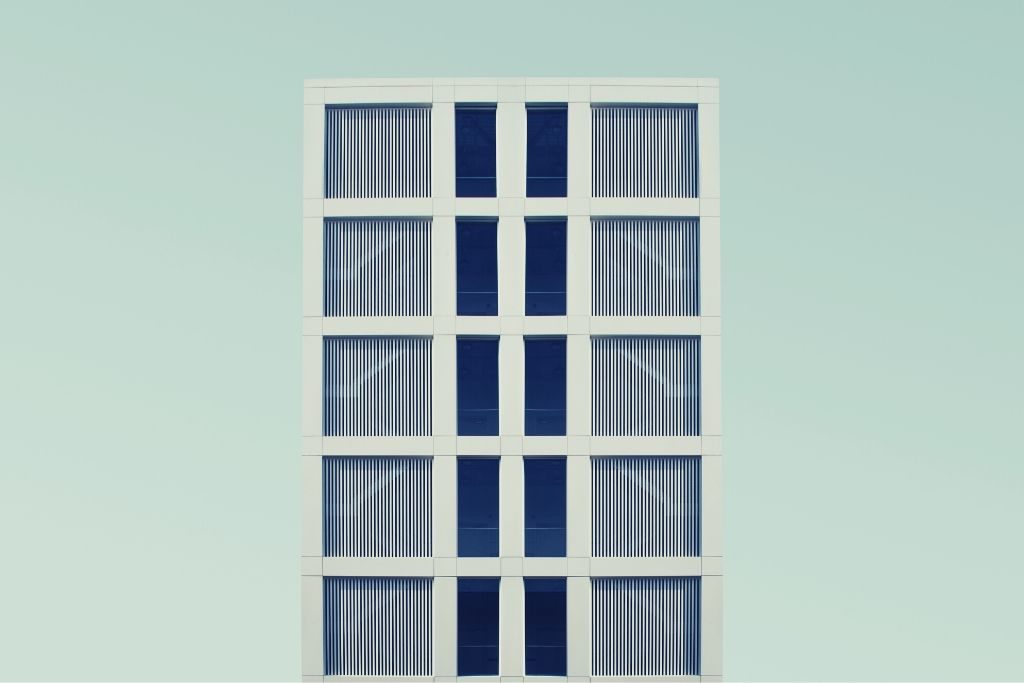Since humans constructed the first examples of architecture 12,000 years ago in Southeast Turkey, this art of design and plan always had the unique ability to capture the zeitgeist. Even though architecture’s development depends on the turns of the global economy, the way people build houses never fails to reflect the demographic shifts, top concerns, and aspirations. Following rapid urbanization, peaking environmental concerns, and the cultural shift brought by the generational changes, the architecture trends we expect to see in 2020 are no exception.
Under the impact of these dynamics, the architecture will continue to capture the zeitgeist in 2020 with the following trends.
Back to Basics

The average smartphone user consumes 34 GB of information every day. When the levels of daily interactions and information overload strain modern lives, many people yearn for a simpler life. Hence, the meteoric rise of minimalism in the design world isn’t a coincidence, and architecture trends follows the course.
In 2020 and beyond, we’ll continue seeing a lot of whites and beiges, as well as clean and fuss-free designs using simple forms. Even though some minimalist architects prefer to add a pop of color or the occasional avant-garde touch, days of extravagant features, or ornate details over for many designers.
Masses of architectural projects will remain committed to minimizing impact, both economically and environmentally.
Connection With Nature

Sustainability is a top concern for millions around the world. With rapid urbanization everywhere and increasingly digital lives, appreciation and longing for nature is also on the rise.
The combination of the desire to disconnect and lead greener lives manifests in an ever-growing theme of architecture that aims to re-connect modern lives with nature.
Hence, building projects will include more elements of biophilic design, such as vertical gardens, green roofs, or merely living plants.
Many forlorn gardens and outdoor areas are also getting back in vogue: Particularly in cities, the rising popularity of decks, patios, grills, and garden decorations prove the growing need for a green break.
Multi-functional Spaces

Gone are the days when people dreamed of living in a so-called McMansion in a suburb with spacious surroundings. All around the world, cities are having their heydays, while suburbs aren’t getting the love they used to.
Particularly the younger generations like millennials and Gen Z famously love cities and keep moving to urban centers to pursue professional and economic opportunities. In the meantime, in most advanced economies, families are getting smaller too.
The marriage of the higher real estate prices in city centers and the soaring love of minimalism brings both the need and trend for spaces that are fit for more than one purpose.
For residential buildings, this shift means that the same space might have to be a kitchen, living room, and telecommuting station. Architects are responding to these creative challenges by designing places with plenty of built-in storage space, proper use of light, and smarter home layouts.
Ultra High-Tech Buildings

A desire to disconnect and build more meaningful interactions with one’s surroundings doesn’t mean communities will forget about the gifts of technology available to them.
In 2020, millions of more buildings will adorn themselves with various solutions to make the lives inside them easier. However, these new technologies will blend with the living spaces in an even more seamless manner, rather than straining and complicating the lives further.
Internet of Things (IoT) will continue to optimize and personalize buildings, cutting utility bills, stopping food waste, or sorting plumbing issues. Likewise, customizable entrance and access solutions will allow residents to remain secure in the most convenient way possible.
After all, since our prehistoric ancestors erected the first-known structures 12,000 years ago, the human urge to feel secure and comfortable never stopped — and it’ll always drive innovation.






